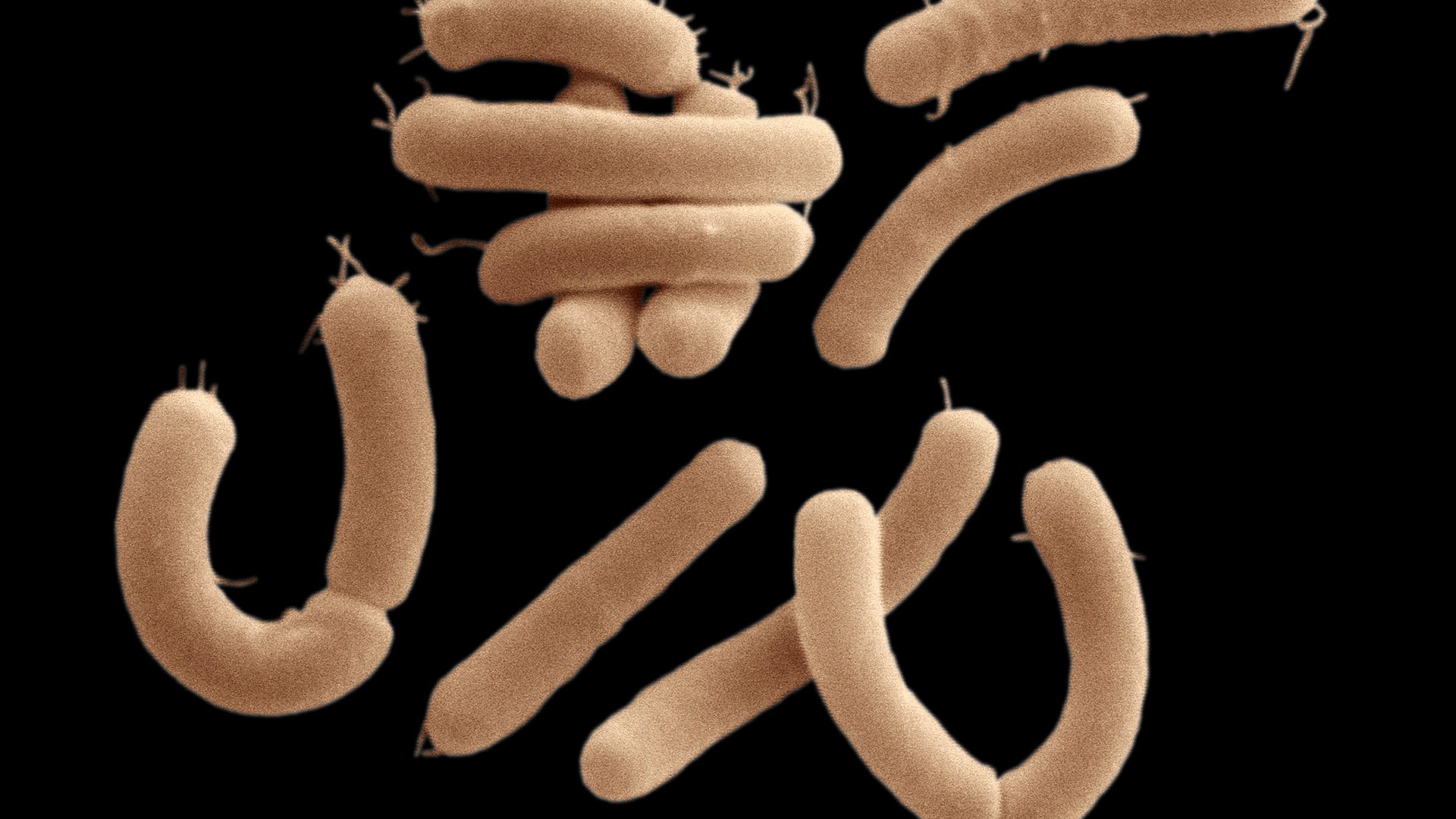Lactic acid bacteria are vital to our health. These bacteria convert lactose to lactic acid (also called lactate), hence their name. They do this inside of our body, but also in food such as cheese and sauerkraut, which is why lactic acid bacteria are crucial to the food industry. This is not even the extent of what they can do, as they can also function as mini factories for the creation of bioplastics.
Lactic acid bacteria are vital to our health. These bacteria convert lactose to lactic acid (also called lactate), hence their name. They do this inside of our body, but also in food such as cheese and sauerkraut, which is why lactic acid bacteria are crucial to the food industry. This is not even the extent of what they can do, as they can also function as mini factories for the creation of bioplastics.
Microbiome
The human body is filled with lactic acid bacteria, especially the mouth and the intestines. Most of the lactic acid bacteria in your body belong to the Lactobacillus casei species, which can be viewed in Micropia. Additionally, lactic acid bacteria in the vagina play an important role in women's health. The bacteria cause an acidic environment, which wards off pathogens. They might even play a role in successful impregnation and healthy pregnancy.
Bioplastics
In addition to being useful inside of our bodies, lactic acid bacteria can also function as mini factories to create bioplastics. In this process, sugars from plant waste are used as raw materials, eliminating the need for petroleum. The bacteria eat the sugars and secrete lactic acid. The sugars used as raw materials nowadays are second-generation raw materials, meaning they are taken from the organic waste streams of factories, for example. In this way, waste is turned into a valuable raw material.
The lactic acids produced in this way are not useful in and of themselves. They are first condensed into different lactides, and those lactides are ultimately combined into polylactic acid (PLA), which is bioplastic. Various types of PLA can be created by combining different lactides in different ways. Each type has its own unique characteristics and applications, such as heat resistance, durability, compostability and being safe for health and for use as food packaging. In addition, PLA can be biocompatible (friendly to our bodies). This means that surgical thread and screws used to repair fractures do not need to be removed, as they are broken down inside the body and dissolve into lactic acid. If you would like to learn more, come visit the 'Plant-friendly plastics' exhibition at Micropia.
Nutrition
Lactic acid bacteria are used in the production of bioplastics, but they are also essential in making yoghurt, buttermilk, sauerkraut and olives, among other foods. They convert sugars to lactic acid, lowering the pH value and giving these foods their unique taste. They also feature heavily in probiotics. Together with a fellow researcher, Micropia Professor Remo Kort developed a revolutionary starter culture called YoBa. This freeze-dried powder can be used to turn milk into a probiotic yoghurt. With only 1 gramme of this powder, which contains approximately 10 billion bacteria, you can produce 100 litres of drinkable yoghurt in 2 days. Due to its long storage life and the bacteria's ability to survive inside the stomach, this powder can help prevent diarrhoea in developing countries, which is a major cause of infant mortality there.

